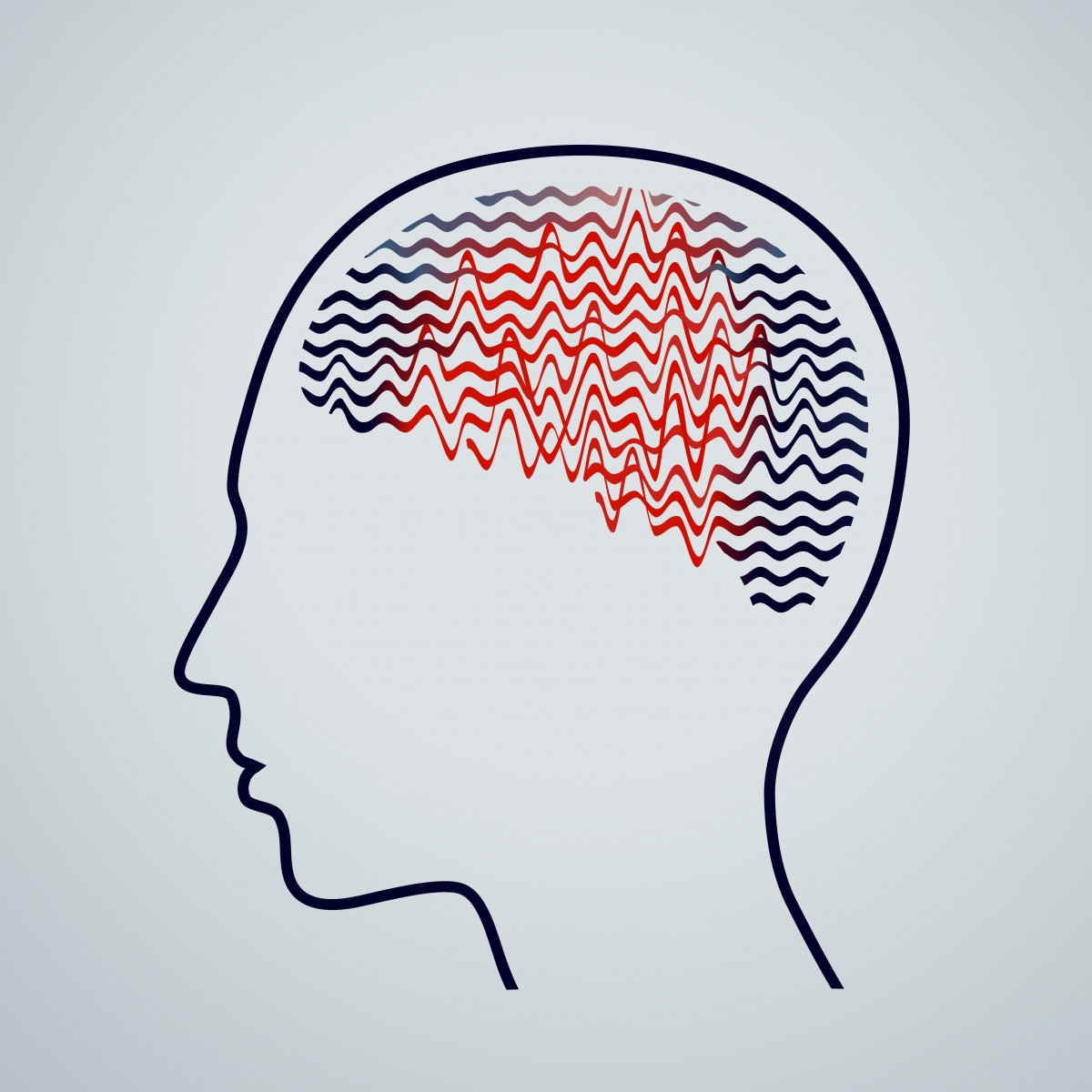How to Prepare for a PET Scan for Angelman Syndrome Patients
Written by |

Positron emission tomography (PET) imaging can help diagnose people with Angelman syndrome. Here is a list of things to know to prepare for the appointment.
What the PET scan involves
Before the appointment
Before the scheduled appointment, it is important to compile a list of all the allergies and medications that the patient is taking, especially antiepileptic medicines. The list will be helpful for medical personnel and anesthetists, if necessary, during the procedure.
The PET procedure uses a small amount of radiation, which could be harmful to developing fetuses so the patient needs to notify the doctor if she is pregnant or may be pregnant. If the patient is breastfeeding, physicians may decide against the PET scan or recommend that the patient not breastfeed for 24 hours to allow the radioactive elements to clear from the body.
For the appointment, the patient should wear clothes that can be removed easily and leave jewelry at home as he or she will have to change into a medical gown. It may be helpful to bring a favorite object to help with any anxiety during the procedure.
The patient may be asked to fast for at least four hours prior to the appointment.
Before the PET scan
Upon arrival at the imaging facility, the patient will meet with the physician and/or technician to go over what will happen during the procedure, and will need to change into a medical gown and use the restroom. PET scans use a radioactively-labeled compound, or radiotracer, to provide images of the brain.
For Angelman syndrome, doctors will most likely investigate differences in the amount of GABA (gamma-aminobutyric acid) receptors, specifically GABA-A, in the brain and will use a radiotracer that binds to that receptor. Commonly used GABA radiotracers include radioactively labeled flumazenil and Ro15-4513. These radiotracers will be given through an intravenous injection.
After the injection, patients will need to wait 30 minutes to an hour for the radiotracer to reach the brain and bind to the GABA-A receptors. During this time, patients should relax and stay calm as much as possible, although this may be difficult if the patient is easily excitable.
During the PET scan
Once it is time for the scan, the patient will be taken to the imaging suite where he or she will need to lie on a table, which will then slide into the PET scanner. A parent or guardian usually can be in the room during this time. Patients will typically be in the scanner between 15 and 30 minutes during which they will need to remain still.
The imaging process is painless as it is recording the emissions from the radiotracer. Technicians will monitor the patient as well as the images during the procedure. Once the technician is satisfied with the images, the patient can leave.
After the PET scan
After the scan is complete, the patient should drink plenty of fluids to flush the radiotracer out of their body, and resume normal daily functions. A radiologist will review the scans and send a report to the physician for followup.
Potential complications due to Angelman syndrome
Inability to be still
PET imaging requires patients to lie still to get clear images. Patients with Angelman syndrome with intellectual disabilities might not be able to understand what they need to do or what will happen to them during the procedure. This could limit their ability to cooperate during the procedure. The inside of the PET scanner may also feel somewhat claustrophobic and could cause anxiety. In these instances, it may be necessary to use an anesthetic to keep the patient calm and still.
If the patient is uncooperative and prone to seizures or excitable movements, it may also be necessary to temporarily restrain them to administer the radiotracer and/or anesthetic to keep them from hurting themselves or others. This may also be necessary to get clear PET images.
Inability to communicate
The happy demeanor and sometimes nonverbal features of Angelman patients can make it hard to determine whether they are experiencing discomfort or pain. It can also make it hard to relay information or instructions to the patient about the procedure. The help of a parent or caregiver may be necessary for medical staff to better understand the patient.
Anesthesia and Angelman syndrome
Angelman syndrome symptoms could mean additional considerations for the anesthesiologist. Studies have not found an increased risk of complications in administering anesthesia to Angelman syndrome patients but, because the syndrome is rare, these studies only looked at small populations. However, some researchers have reported some complications in patients with Angelman syndrome who underwent general anesthesia.
Last updated: Sept. 14, 2020
***
Angelman Syndrome News is strictly a news and information website about the disease. It does not provide medical advice, diagnosis, or treatment. This content is not intended to be a substitute for professional medical advice, diagnosis, or treatment. Always seek the advice of your physician or other qualified health provider with any questions you may have regarding a medical condition. Never disregard professional medical advice or delay in seeking it because of something you have read on this website.





